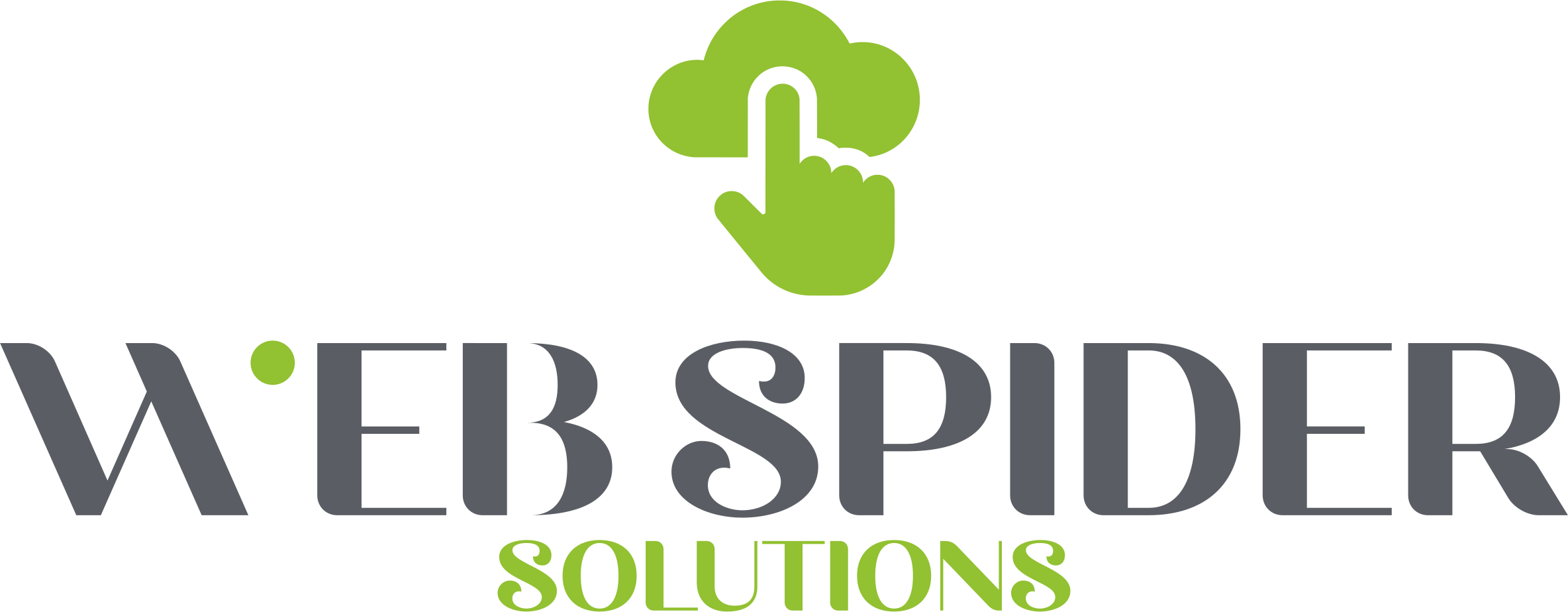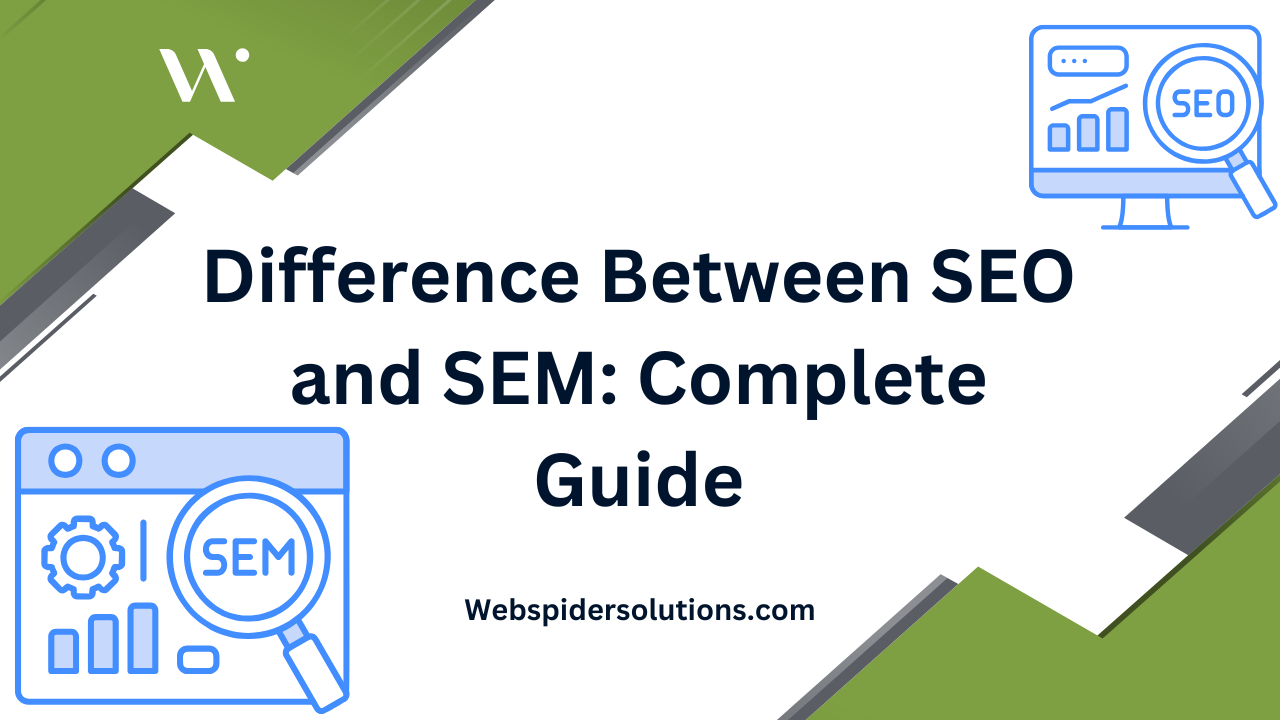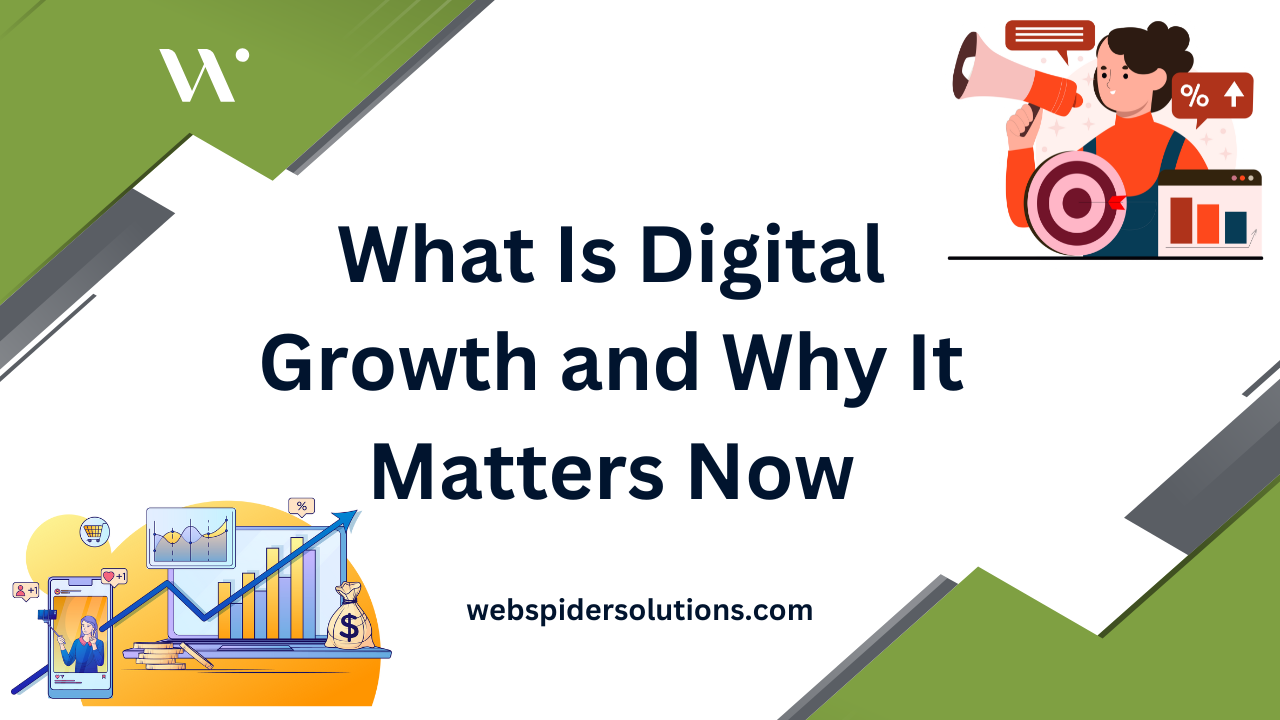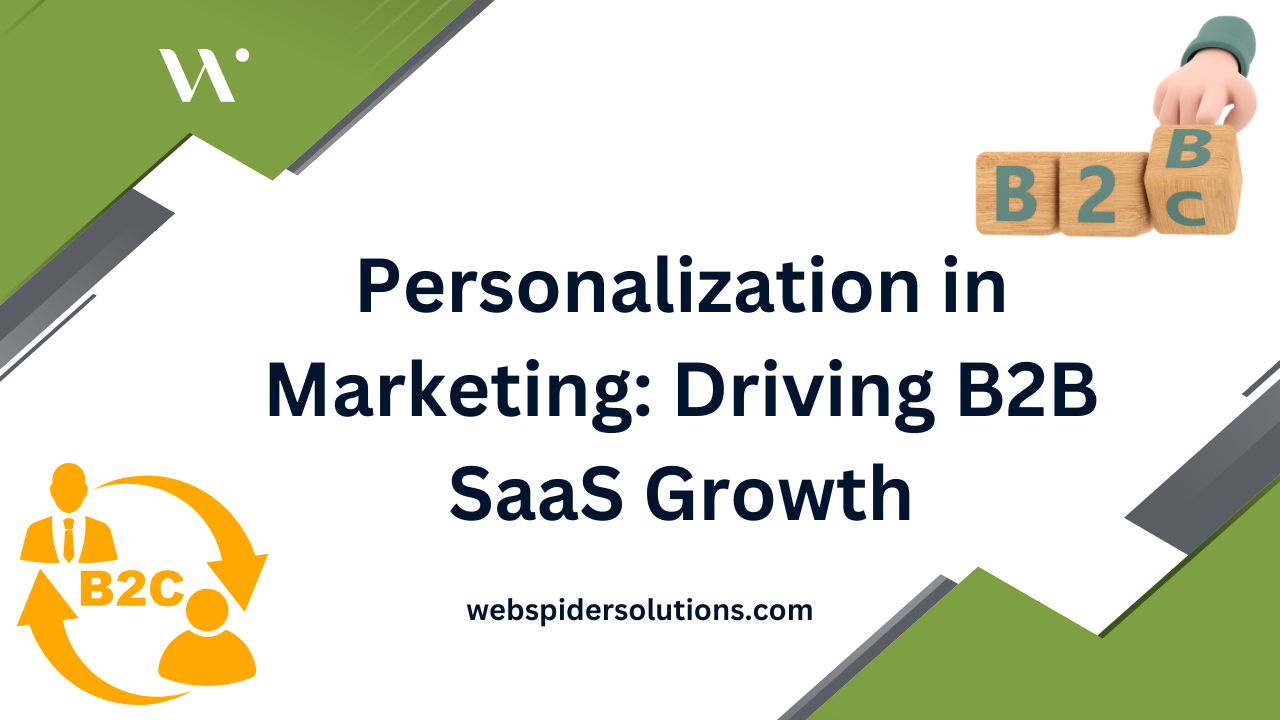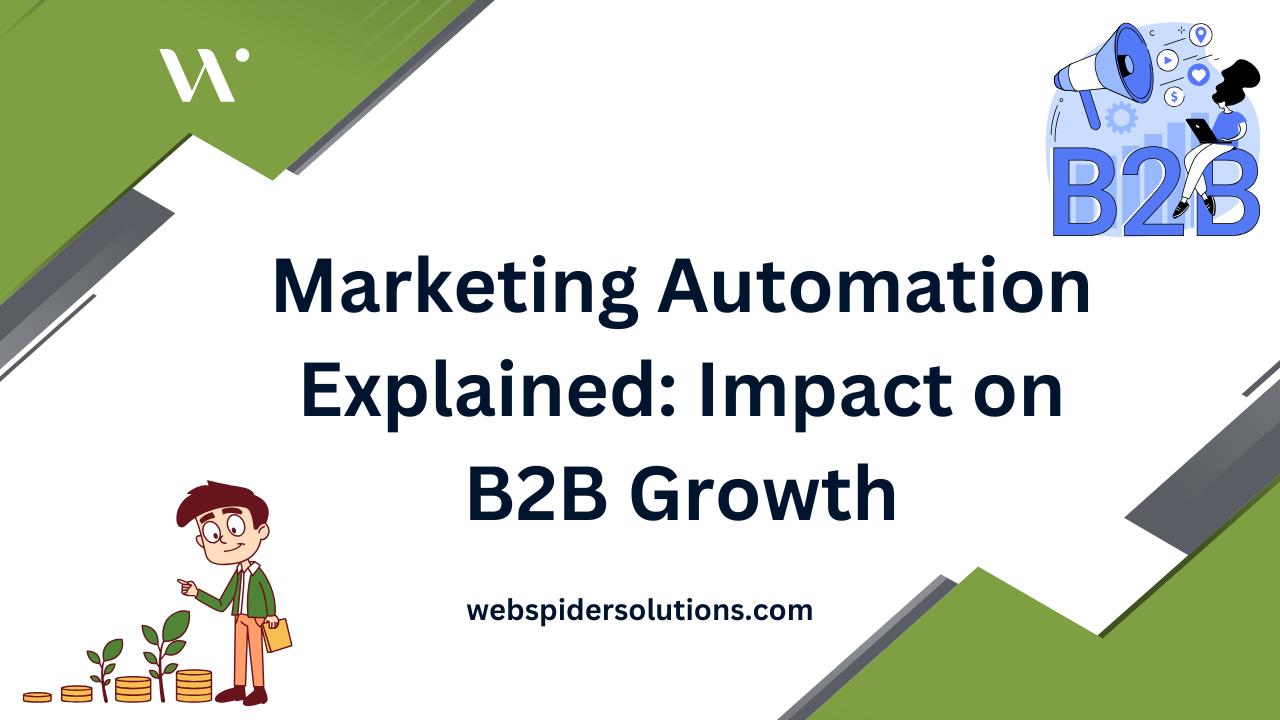Did you know that over 90 percent of online experiences begin with a search engine? With so many businesses competing for attention, standing out requires more than just having a website. Understanding the differences between SEO and SEM can be the key to attracting the right audience and growing your brand. Knowing how and when to use each method helps you reach more people and make smarter marketing choices.
Table of Contents
- Defining SEO and SEM in Digital Marketing
- Core Strategies: SEO Versus SEM Techniques
- Major Differences Between SEO and SEM
- When to Use SEO, SEM, or Both
- Cost, Results, and Common Mistakes
Key Takeaways
| Strategy | Details |
|---|---|
| SEO focuses on organic growth | Utilizes unpaid methods to improve search rankings and build long-term credibility. |
| SEM provides immediate visibility | Involves paid advertising for quick results, making it ideal for promotions and new launches. |
| Complementary strategies | Smart marketers integrate both SEO and SEM to maximize online presence and achieve diverse business objectives. |
| Budget and timeline considerations | Use SEO for sustainable growth with limited budgets, and SEM for urgent visibility and competitive markets. |
Defining SEO and SEM in Digital Marketing
In the world of digital marketing, two powerful strategies stand out for improving online visibility: Search Engine Optimization (SEO) and Search Engine Marketing (SEM). According to Wikipedia, these approaches help businesses attract web traffic through search engines, but they operate quite differently. SEO focuses on organic, unpaid methods to improve website visibility, while SEM leverages paid advertising to increase search engine presence.
Search Engine Optimization (SEO) involves strategically optimizing website content to rank higher in search engine results without paying for direct placement. As defined by research, SEO targets improving both the quality and quantity of website traffic through unpaid channels. Key techniques include:
- Optimizing website content with relevant keywords
- Improving site loading speed
- Creating high-quality, engaging content
- Building authoritative backlinks
- Enhancing user experience and site navigation
Conversely, Search Engine Marketing (SEM) is a more direct approach that involves promoting websites through paid advertising in search engine results pages. Mastering search engine marketing | Local Search Engine Advertising provides deeper insights into this strategy. SEM allows businesses to immediately appear in search results by bidding on specific keywords, essentially purchasing visibility instead of earning it organically.
While both SEO and SEM aim to increase online visibility, they represent different sides of a comprehensive digital marketing strategy. Smart marketers often use these techniques complementarily to maximize their search engine presence and attract potential customers.

Core Strategies: SEO Versus SEM Techniques
Understanding the core strategies of Search Engine Optimization (SEO) and Search Engine Marketing (SEM) is crucial for digital marketing success. According to research from Digital Authority, these approaches differ significantly in their methods of increasing online visibility. While both aim to improve a website’s presence in search results, their techniques and execution are fundamentally distinct.
SEO Strategies focus on organic growth through carefully crafted techniques that enhance a website’s natural search rankings. As outlined by research, these strategies include:
- Creating high-quality, relevant content
- Optimizing website structure and metadata
- Building authoritative backlink profiles
- Improving site speed and mobile responsiveness
- Implementing strategic keyword research
SEM Techniques, in contrast, provide a more immediate approach to search visibility. Difference Between SEO vs SEM: Understanding Key Differences highlights the paid advertising component that sets SEM apart. These strategies involve direct financial investment to secure prime search engine positioning, including:
- Creating targeted pay-per-click (PPC) campaigns
- Developing compelling ad copy
- Selecting precise keyword targeting
- Managing advertising budgets strategically
- A/B testing ad performance
The most effective digital marketing approaches often combine both SEO and SEM strategies. While SEO builds long-term organic credibility, SEM offers immediate visibility and precise audience targeting. Smart marketers understand that these techniques are complementary, not competing, approaches to digital marketing success.
Major Differences Between SEO and SEM
The digital marketing landscape is complex, with Search Engine Optimization (SEO) and Search Engine Marketing (SEM) playing distinct yet interconnected roles. According to research from TechTarget, the primary difference lies in their approach to generating website traffic: SEO focuses on unpaid, organic strategies, while SEM leverages paid advertising for immediate visibility.
Cost and Time Investment represent a critical distinction between these strategies. SEO is a long-term approach that requires consistent effort and patience. Websites typically need months to see significant organic ranking improvements. Conversely, SEO vs PPC: Best Strategy for Maximum Impact explains that SEM offers immediate results through paid advertisements, allowing businesses to instantly appear in search results.
The metrics and measurement of success also differ substantially. SEO Success is typically measured through:
Here’s a comparison of the major differences between SEO and SEM:
| Aspect | SEO (Search Engine Optimization) | SEM (Search Engine Marketing) |
|---|---|---|
| Approach | Organic, unpaid strategies | Paid search advertising |
| Cost | Time investment Low direct cost |
Direct financial cost PPC fees |
| Speed of Results | Slow Long-term growth |
Fast Instant visibility |
| Measurement | Organic rankings Traffic volume Keyword positions |
CPC Conversions ROAS |
| Sustainability | Builds ongoing presence | Requires continuous spend |
| Best For | Long-term credibility Budget limitations |
Launches Promotions Quick wins |
- Organic search rankings
- Organic traffic volume
- Keyword positioning
- Click-through rates
- Domain authority
SEM Performance focuses on more direct, financially trackable metrics:
- Cost per click (CPC)
- Conversion rates
- Ad spend efficiency
- Return on ad spend (ROAS)
- Immediate traffic generation
Ultimately, while SEO builds sustainable, long-term online credibility, SEM provides a quick, targeted approach to reaching potential customers. Smart digital marketers understand that these strategies are most powerful when used complementarily, creating a comprehensive approach to online visibility and audience engagement.
When to Use SEO, SEM, or Both
Choosing between Search Engine Optimization (SEO) and Search Engine Marketing (SEM) isn’t a one-size-fits-all decision. According to research from TechTarget, the selection depends on your specific business goals, budget, and timeline. Understanding when to leverage each strategy can dramatically impact your digital marketing success.
Use SEO When:
- You have a limited marketing budget
- Building long-term online credibility is a priority
- Your business targets sustainable, organic growth
- You’re willing to invest time in content development
- Competing in industries with high customer lifetime value
Use SEM When:
- You need immediate visibility
- Launching a new product or service
- Targeting specific audience segments
- Running time-sensitive promotional campaigns
- Competing in highly competitive market spaces
Paid Media Marketing Services suggests the most effective approach often involves a hybrid strategy. By combining SEO’s long-term organic growth with SEM’s immediate visibility, businesses can create a comprehensive digital marketing approach. This integrated method allows companies to generate quick wins through paid advertising while simultaneously building sustainable organic search presence.
Ultimately, the most successful digital marketing strategies recognize that SEO and SEM are complementary tools. Smart marketers don’t choose between them but strategically implement both to maximize online visibility, attract targeted traffic, and achieve diverse business objectives.
Cost, Results, and Common Mistakes
Navigating the complex world of Search Engine Optimization (SEO) and Search Engine Marketing (SEM) requires a nuanced understanding of their financial implications and potential pitfalls. According to research from Digital Authority, each strategy comes with unique cost structures and performance expectations that can significantly impact your digital marketing outcomes.
Cost Comparison:
- SEO Costs:
- Primarily time-based investment
- Requires consistent content creation
- Minimal direct monetary expenses
- Long-term return on investment
- Builds sustainable online presence
- SEM Costs:
- Direct financial investment
- Pay-per-click advertising expenses
- Immediate but potentially expensive
- Quick results with measurable ROI
- Requires continuous budget allocation
Common Mistakes to Avoid:
- Neglecting keyword research
- Ignoring user intent
- Oversaturating content with keywords
- Failing to track performance metrics
- Inconsistent marketing efforts
- Not adapting to algorithm changes
SEO Techniques: White Hat, Black Hat & Gray Area emphasizes that understanding ethical SEO practices is crucial. While SEO results typically take months to materialize, SEM offers immediate visibility but demands careful budget management. The most successful digital marketers create a balanced approach that leverages both strategies, minimizing risks and maximizing potential returns.
Ultimately, success in digital marketing isn’t about choosing between SEO and SEM, but strategically integrating both to create a comprehensive, adaptable online marketing approach that evolves with your business goals and market dynamics.
Unlock Your Business Potential with Expert SEO and SEM Strategies
Understanding the difference between SEO and SEM is just the first step to overcoming the challenge of choosing the right approach to boost your online visibility. Many businesses struggle to balance long-term organic growth with the need for immediate results. Whether you face slow organic ranking improvements or the pressure of managing costly paid campaigns, mastering these strategies is vital for your digital success. Key concepts like keyword optimization, pay-per-click management, and ROI tracking are crucial but can be overwhelming without proper guidance.
At Web Spider Solutions, we specialize in crafting tailored digital marketing strategies that combine the best of SEO and paid advertising. Explore our Paid Advertising Archives for insights on how to maximize your budget with effective PPC campaigns. Our experts also focus on sustainable growth through advanced SEO techniques that improve your site’s authority and user experience. Don’t let uncertainty hold your business back. Take control now and partner with us to create a comprehensive digital marketing plan that delivers measurable results. Start your journey with a free consultation at Web Spider Solutions and discover how integrated strategies can transform your online presence.
Frequently Asked Questions
What is the main difference between SEO and SEM?
SEO (Search Engine Optimization) focuses on organic, unpaid strategies to improve website visibility, while SEM (Search Engine Marketing) utilizes paid advertising to achieve immediate visibility in search engine results.
How long does it take to see results from SEO compared to SEM?
SEO generally requires a longer time investment, with significant improvements in rankings taking months to achieve. In contrast, SEM offers immediate results through paid advertising, allowing businesses to appear instantly in search results.
What are the key strategies for optimizing SEO?
Key strategies for SEO include creating high-quality content, optimizing website structure and metadata, building authoritative backlinks, improving site speed and mobile responsiveness, and conducting strategic keyword research.
When should I choose SEM over SEO for my marketing strategy?
Opt for SEM when you need immediate visibility, are launching a new product, targeting specific audience segments, or running time-sensitive promotions, as SEM provides quicker results than SEO.

